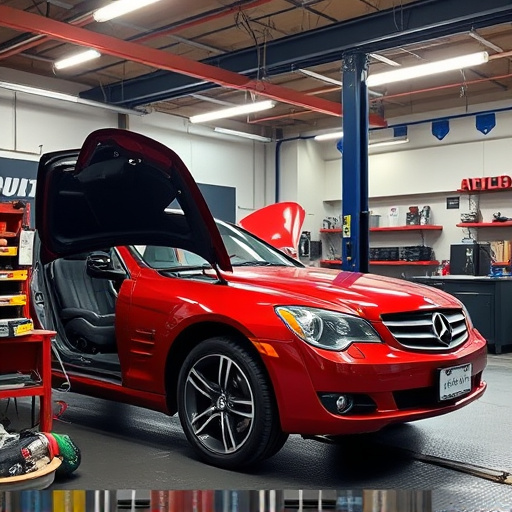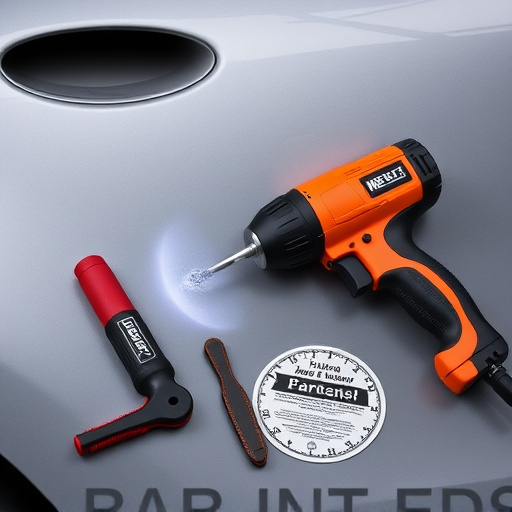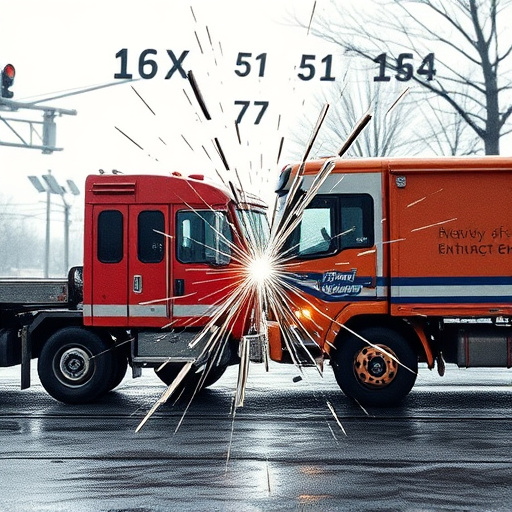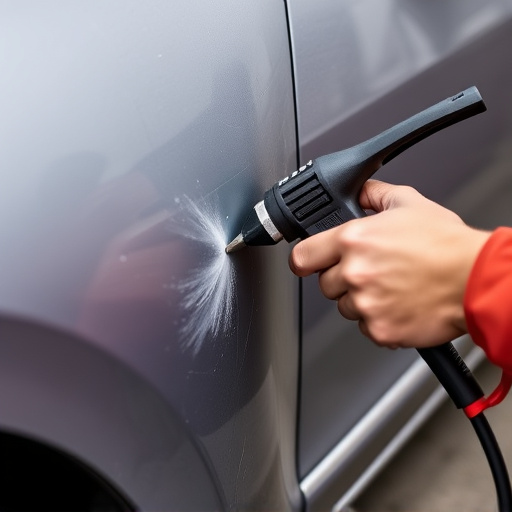After a collision, thorough battery damage assessment is crucial for accurate vehicle repair. Mechanics inspect for physical harm, consider fluid exposure, and check moisture intrusion to ensure optimal battery health. Correct battery replacement with compatible specifications, safe installation protocols, and rigorous testing post-installation are essential to prevent starting issues, maintain electrical systems, and guarantee vehicle safety and functionality.
In today’s world, understanding modern battery systems is crucial for effective crash repairs. Batteries are not just power sources; they’re integral components of vehicles’ electrical architectures. After a collision, assessing battery damage becomes paramount to ensure safe and reliable operation. This article guides through essential steps: from evaluating battery damage post-crash to selecting the perfect replacement and implementing safe installation and testing procedures, focusing on optimal battery replacement after crash scenarios.
- Battery Damage Assessment After a Crash
- Choosing the Right Replacement Battery
- Safe Installation and Testing Procedures
Battery Damage Assessment After a Crash

After a crash, assessing battery damage is crucial for any vehicle undergoing collision repair. The impact can cause internal short circuits, corrosion, or even complete failure of car battery components. Mechanics and technicians must inspect for physical damage such as cracks, leaks, or swelling—visible indicators of potential harm to the battery’s health.
During the evaluation process, consider the extent of the collision, especially if it involved severe impacts or fluid spills. In some cases, even minor accidents can lead to water penetration, causing corrosion and reducing the battery’s performance. Therefore, a thorough examination includes checking for any signs of moisture intrusion and ensuring proper ventilation during the repair and replacement processes, including car dent removal and car scratch repair procedures.
Choosing the Right Replacement Battery

When a vehicle undergoes a crash, one of the critical components that needs careful consideration is the battery. Choosing the right replacement battery for a car restoration or automotive restoration project is essential to ensure optimal performance and longevity of the vehicle. Not all batteries are created equal, and what matters most after a collision is selecting one that matches the original equipment (OEM) specifications.
In a vehicle body shop setting, it’s crucial to assess factors like cold cranking amps (CCA), reserve capacity, and battery size to find the perfect fit. A replacement battery with inadequate power output or incorrect dimensions can lead to starting issues, reduced lighting brightness, and even damage to other electrical components. Thus, professionals should always cross-reference the make, model, and year of the vehicle to ensure compatibility, ensuring a seamless car restoration process.
Safe Installation and Testing Procedures

When carrying out a battery replacement after a crash, adhering to strict safe installation and testing procedures is paramount. This process involves carefully removing the old, damaged battery and ensuring that no residual fluids or debris contaminate the vehicle’s electrical system. Proper disposal of the old battery at designated recycling centers is crucial to prevent environmental harm.
Subsequent to the installation of a new battery, thorough testing is imperative. This includes verifying the correct voltage output, checking for any short circuits or leaks, and ensuring all components are securely fastened. Unlike auto glass replacement or car paint repair, which focus on aesthetics, battery testing is vital for the vehicle’s overall functionality and safety—it guarantees that the electrical system operates optimally, particularly in critical areas like lighting and engine startup.
Modern battery systems play a crucial role in vehicle crash repairs, with proper assessment, selection, and installation being vital for safe and efficient operation. When a crash occurs, understanding battery damage is essential before attempting any replacement. Choosing the right battery type ensures optimal performance and longevity, while adhering to safe installation and testing procedures minimizes risks associated with high-voltage systems. For those in the repair industry, staying informed about these modern battery systems is a game-changer, enabling them to provide top-notch services and ensure customer safety regarding crucial battery replacement after crash scenarios.














